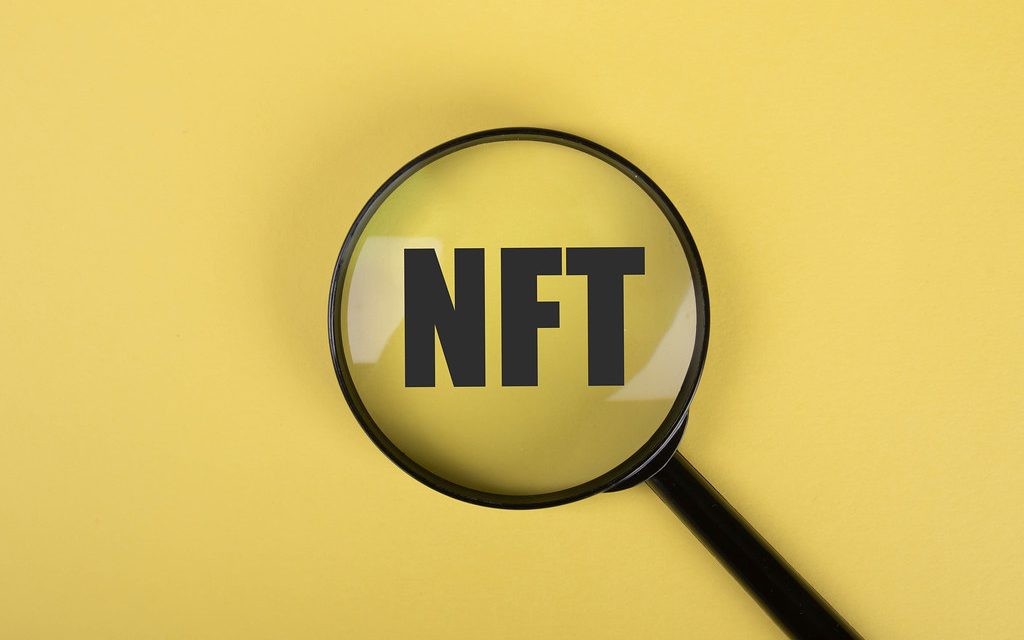The Future of NFTs in the Blockchain Sphere
It might be a tough pill to swallow for us, the architects of Web3, but the reality stares us in the face: We are the culprits behind the downfall of NFTs.
Yes, it’s a bitter truth to acknowledge. Despite no individual or project deliberately steering towards this outcome, the collective journey wasn’t without its missteps. The rush for NFTs saw a blend of earnest efforts and opportunistic exploits, casting a shadow over the industry due to the fortunes amassed under questionable circumstances.
NFTs: Reflecting on Past Missteps
Our first foray into the NFT world with cartoon JPEGs as flagship offerings might not have been preventable, yet it certainly didn’t position us well. The initial wave of NFT projects, largely limited to offering special access or content with vague promises of future value, didn’t help our cause. The situation was further exacerbated by celebrity endorsements that added little value beyond financial gains for the already wealthy, contributing to the industry’s tarnished image.
Moreover, an air of arrogance seemed to envelop the sector, epitomized by figures like Sam Bankman Fried. Their approach to managing vast wealth with basic tools and flaunting extravagant lifestyles became symbolic of the industry’s immaturity.
This pattern isn’t unique to FTX; many startups in the space share a similar narrative of inexperience and mismanagement. It’s high time we embrace traditional business practices, incorporating proven standards and frameworks to mature beyond the meme culture that has dominated our sphere.
Embracing a New Direction
The concept of rebranding is well-established in the corporate world, and it’s time we consider it for NFTs, transitioning towards “Unique Digital Records.”
Skeptics might argue that it’s too soon for such a shift, citing historical rebrands like Pepsi, Google, and eBay as examples of successful transformations well into a company’s lifecycle. However, those rebrands were not just about a new name but also about significant changes in product offerings and market positioning.
Apple and Dunkin’ are prime examples of companies that successfully navigated rebranding by updating their product lines and marketing strategies. For NFTs, a similar approach is necessary—innovation and improvement in technology and utility are key.
Innovating for Relevance
Innovation is critical to prevent NFTs from becoming a passing trend or, worse, relegated to niche enterprise applications. By developing unique and valuable use cases for the technology, we can ensure its relevance and utility in a broader context.
The rapid embrace by pop culture, exemplified by phenomena like the Bored Ape Yacht Club, caught us off guard. We weren’t prepared for the scale of interest generated, leaving room for skepticism and criticism. Moving forward, it’s imperative that we’re ready for the next wave of interest with an enhanced user experience and a rebranding strategy that more accurately reflects the technology’s capabilities without the baggage of its past.
Conclusion
The path forward for NFTs lies in acknowledging past missteps, learning from them, and embracing a future marked by innovation, responsible management, and a strategic rebranding effort. By doing so, we can ensure that NFTs find their rightful place in the digital age, not as a fleeting trend, but as a cornerstone of the Web3 ecosystem.





